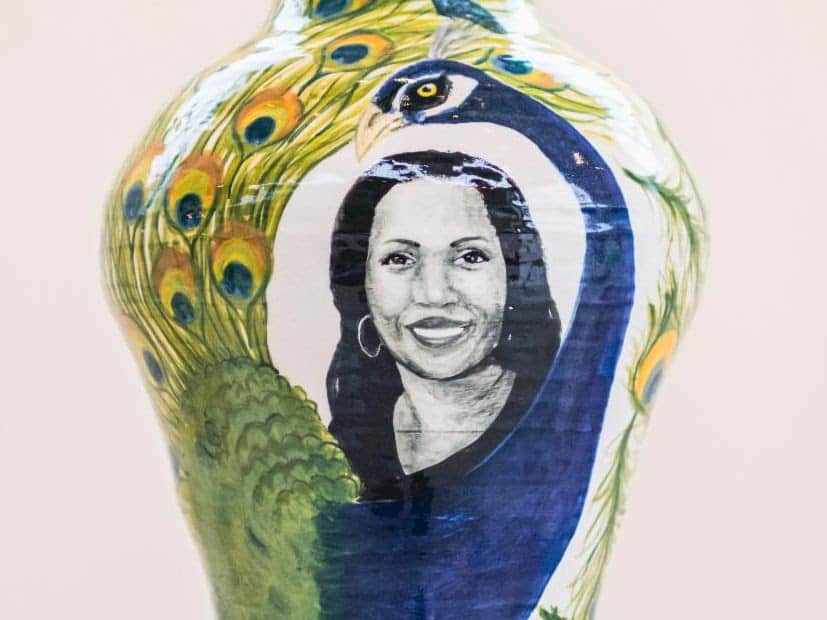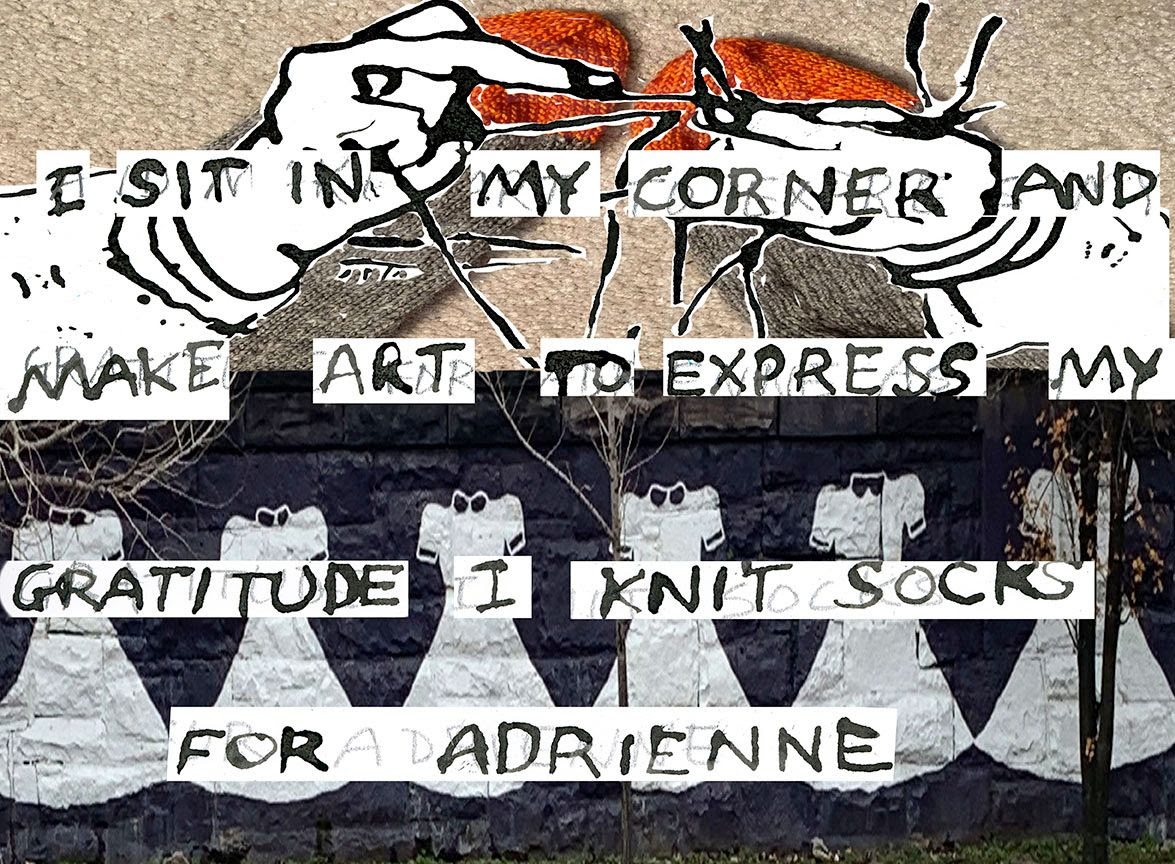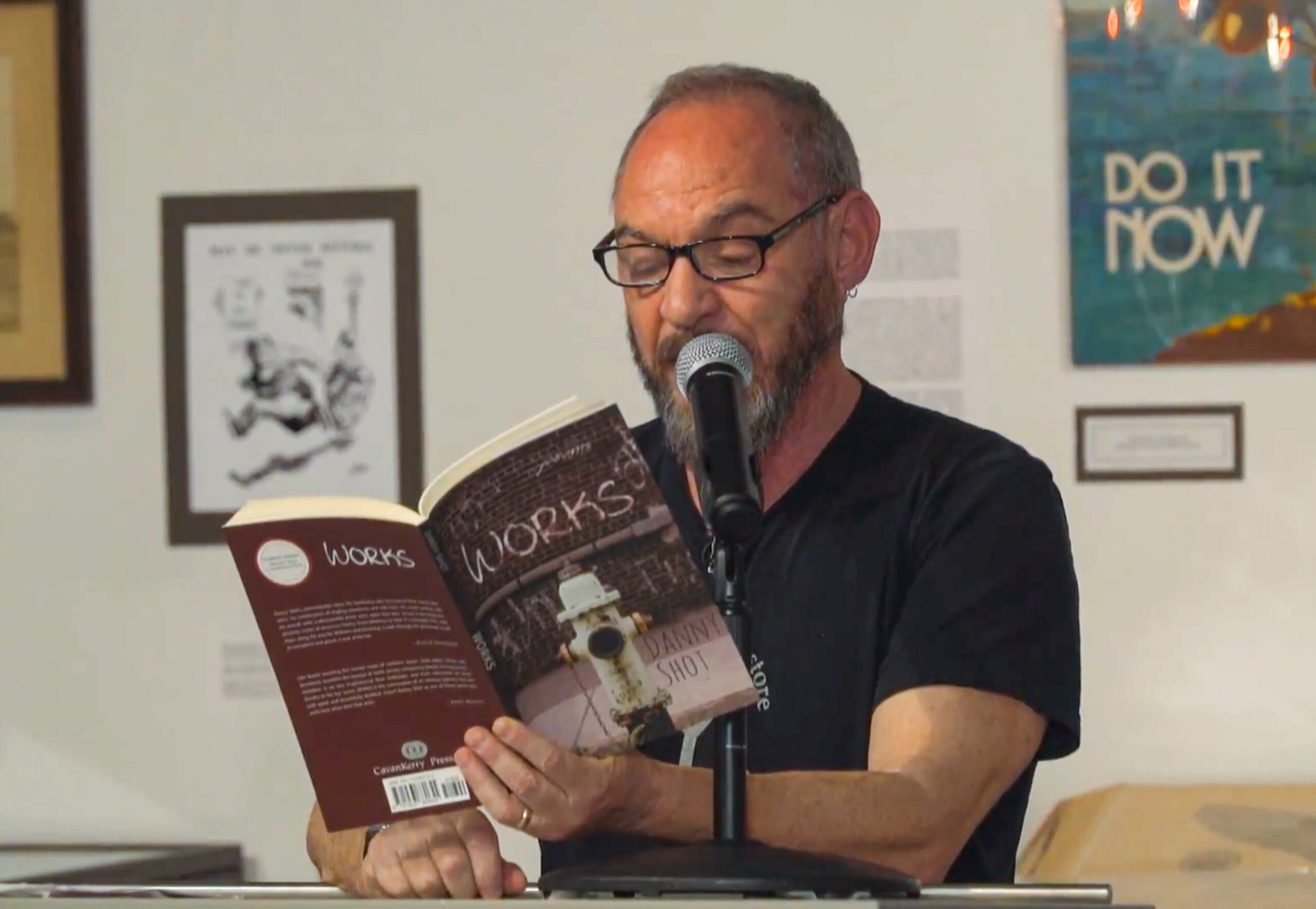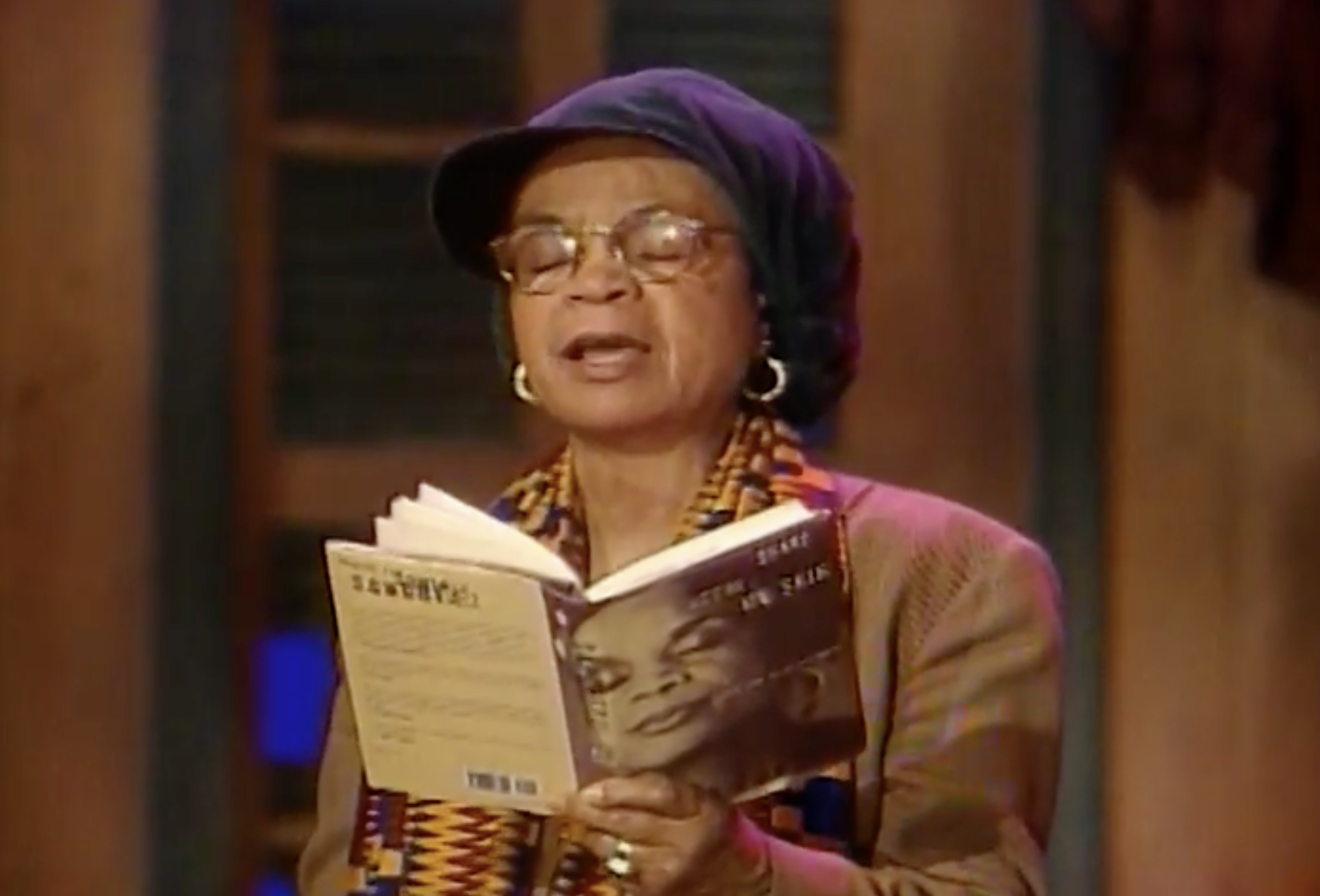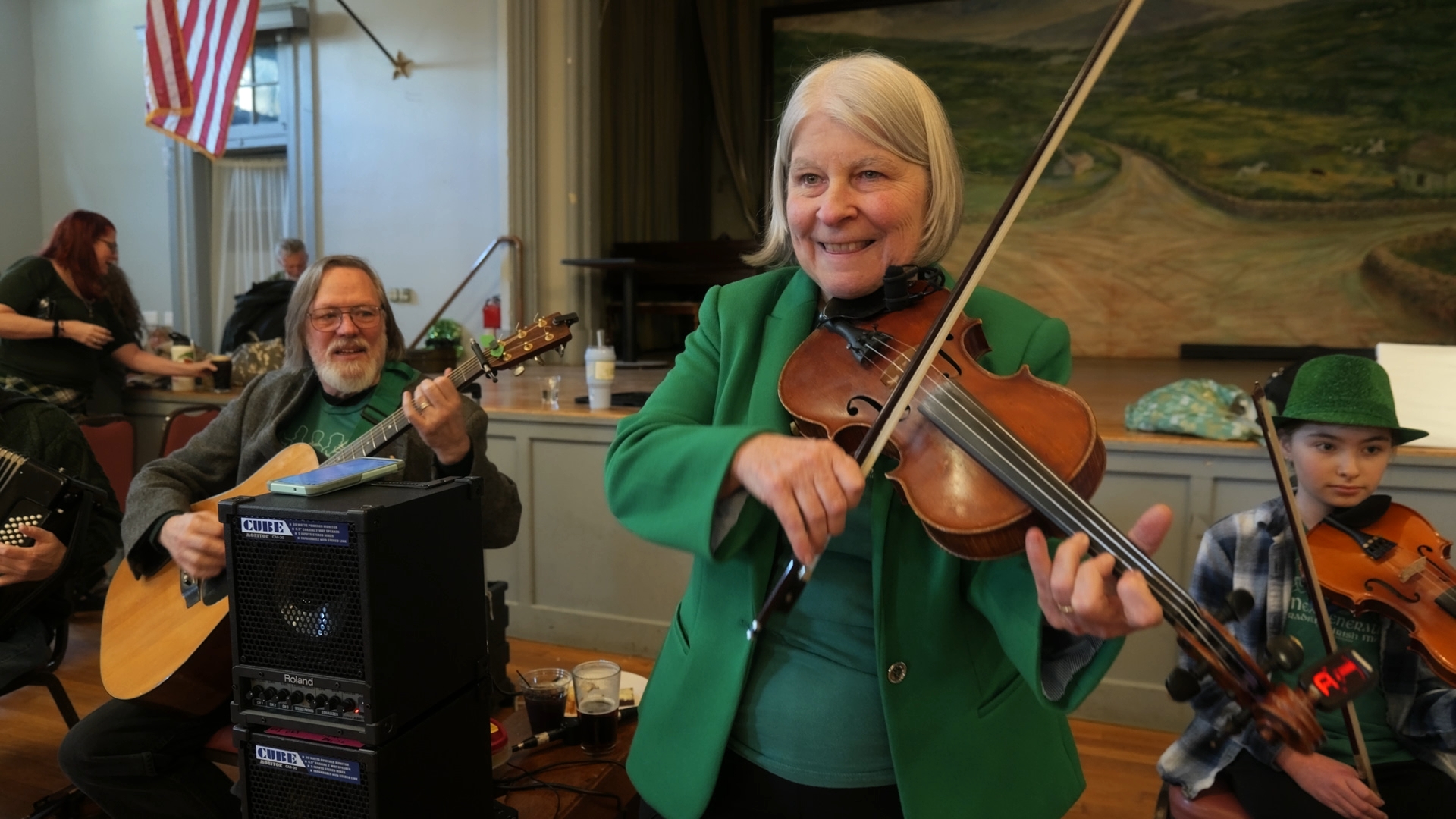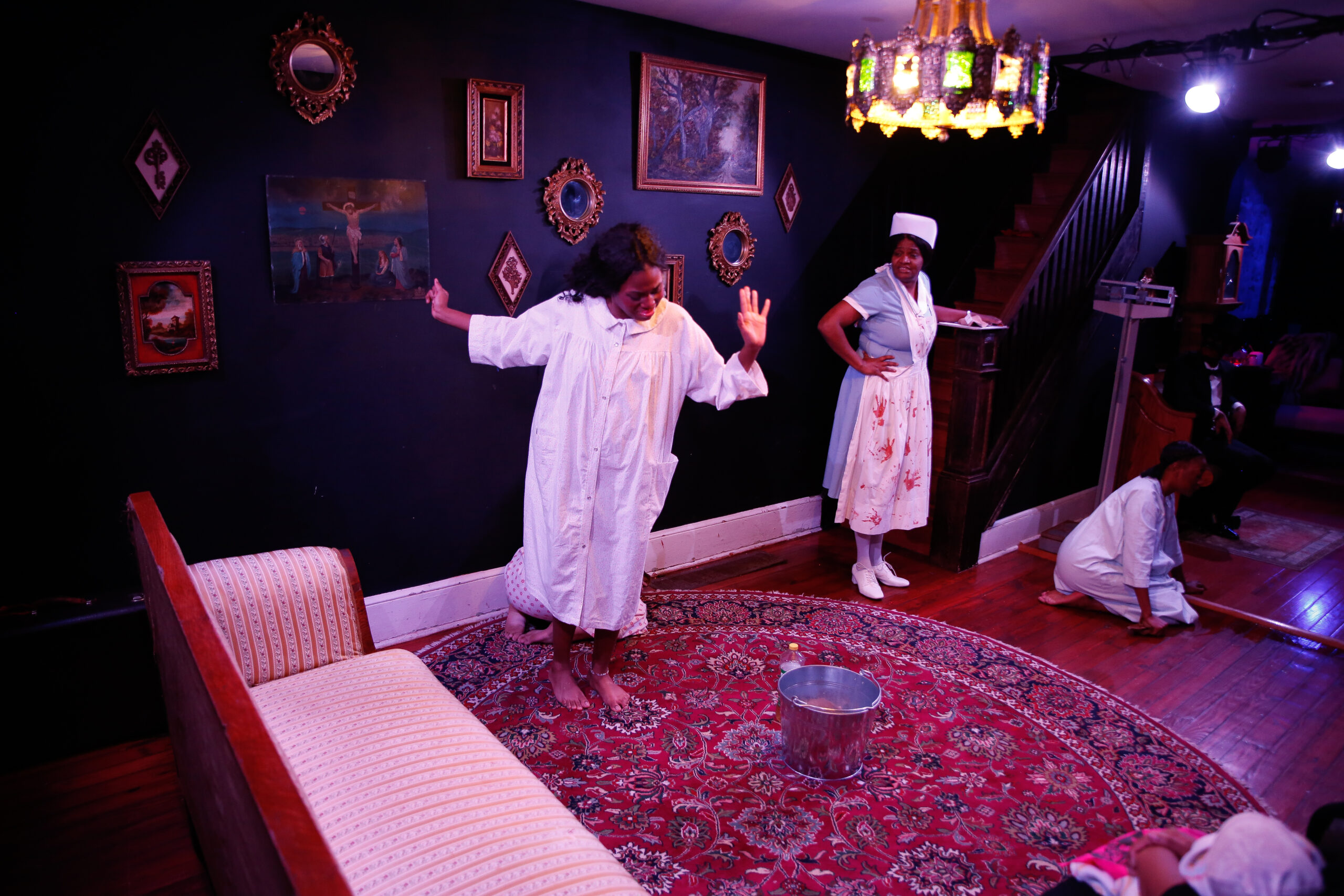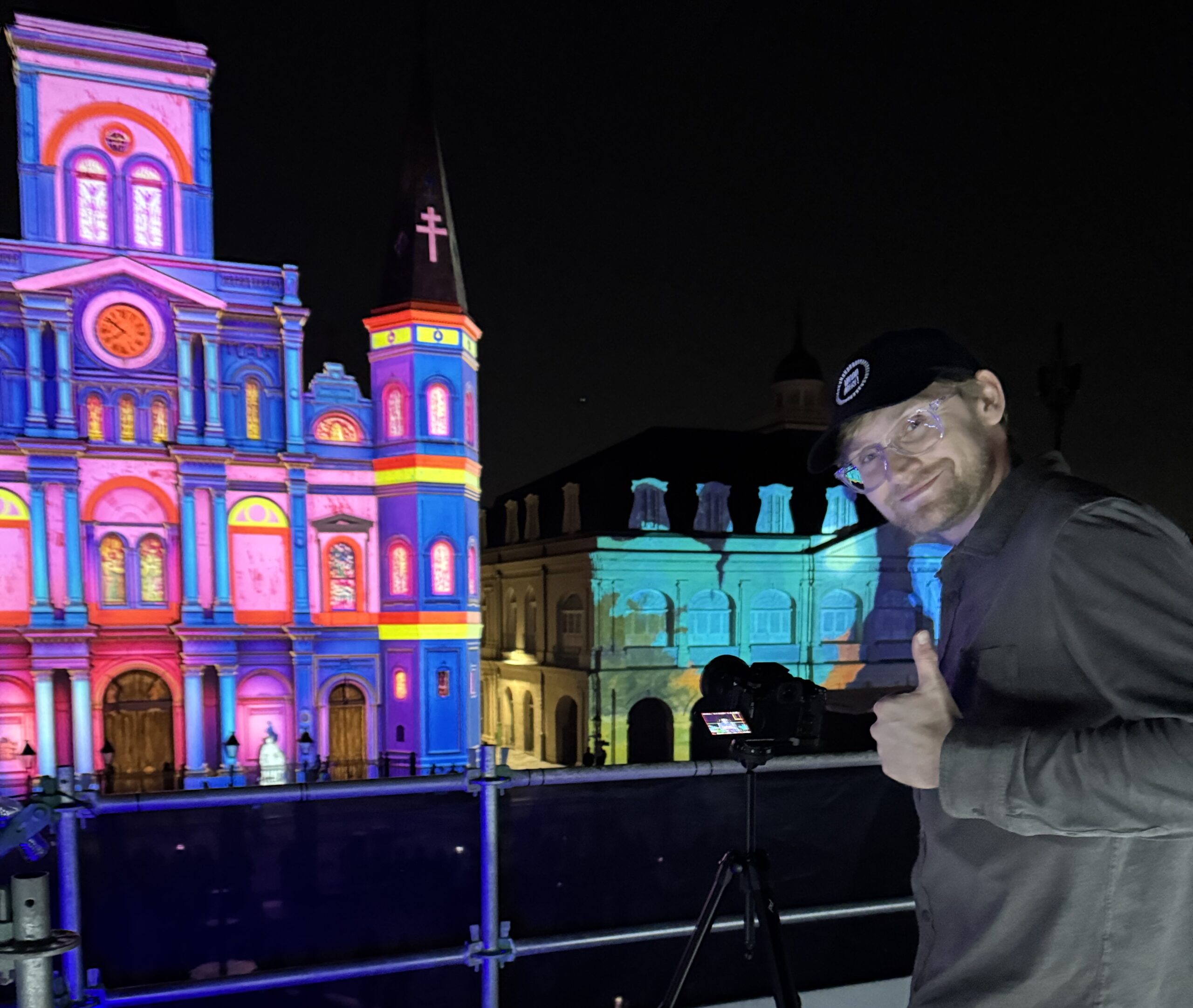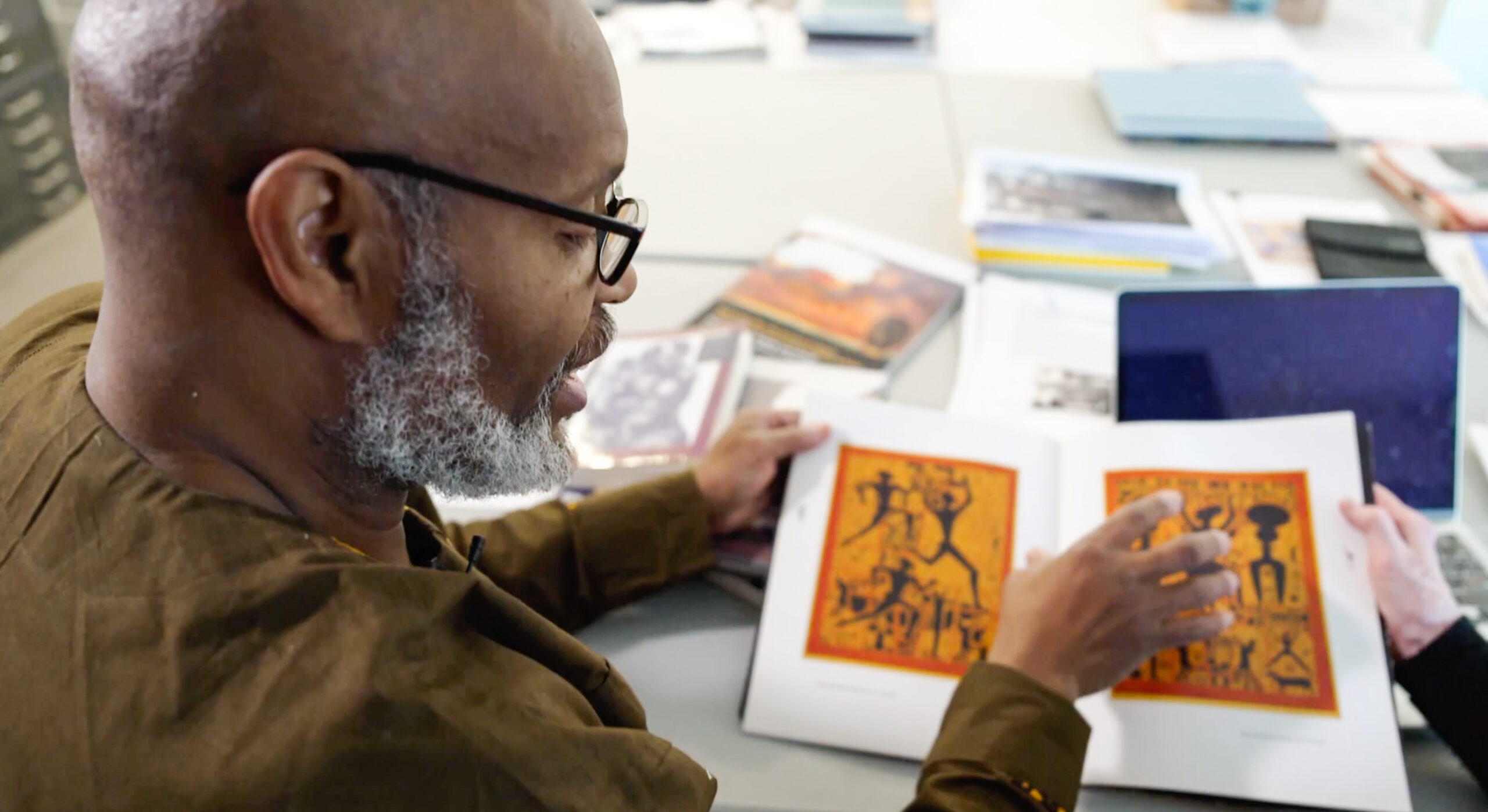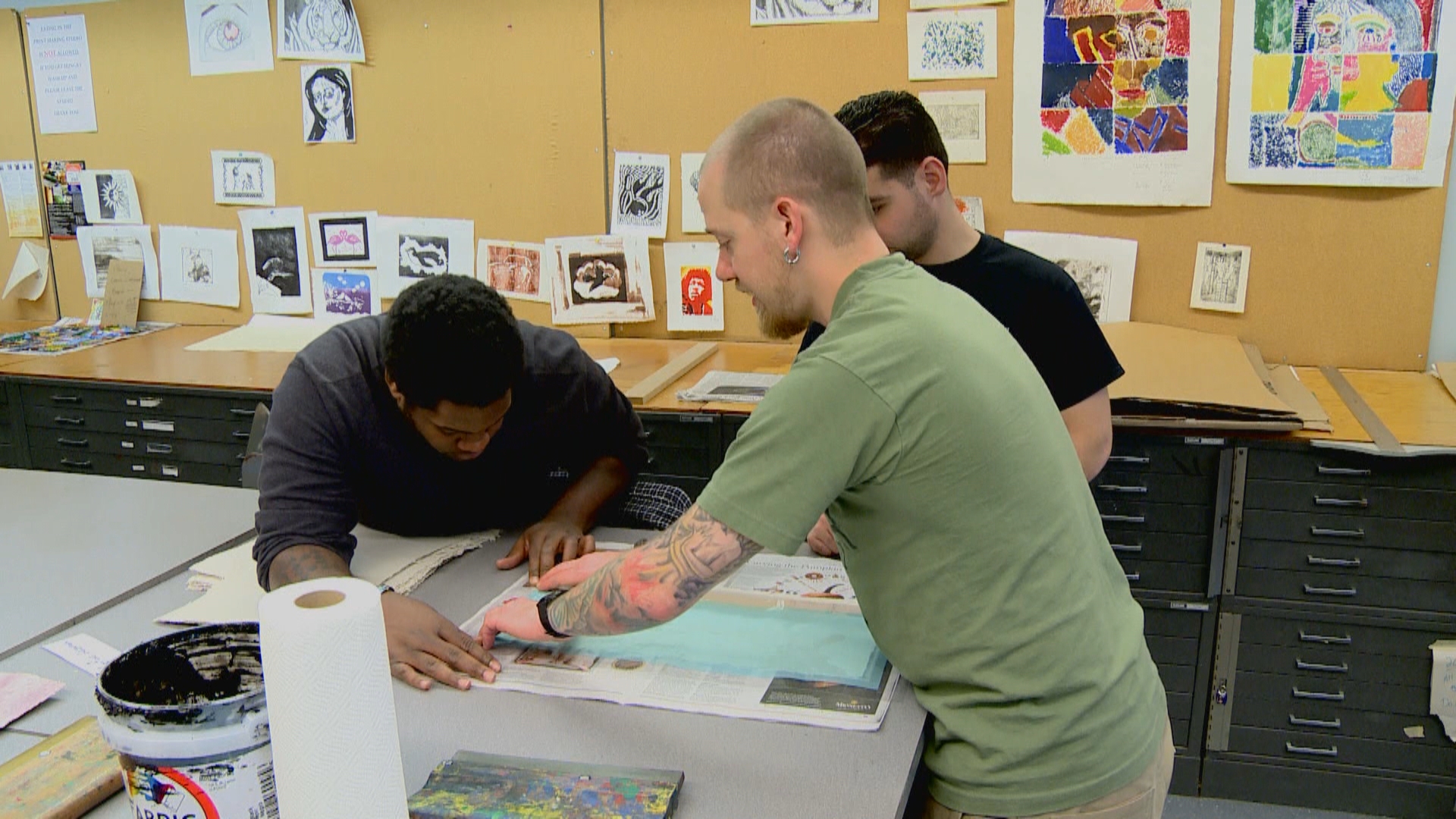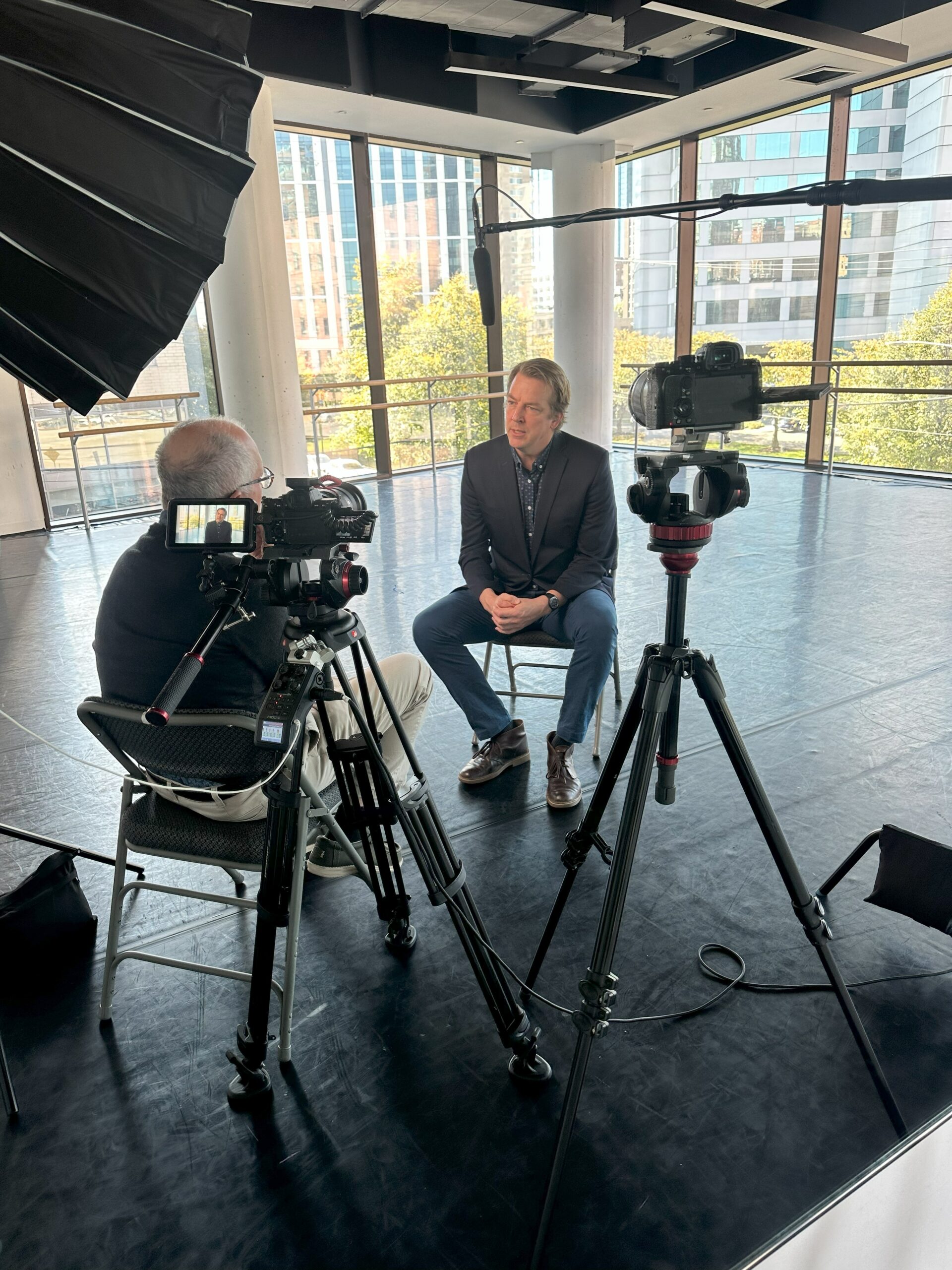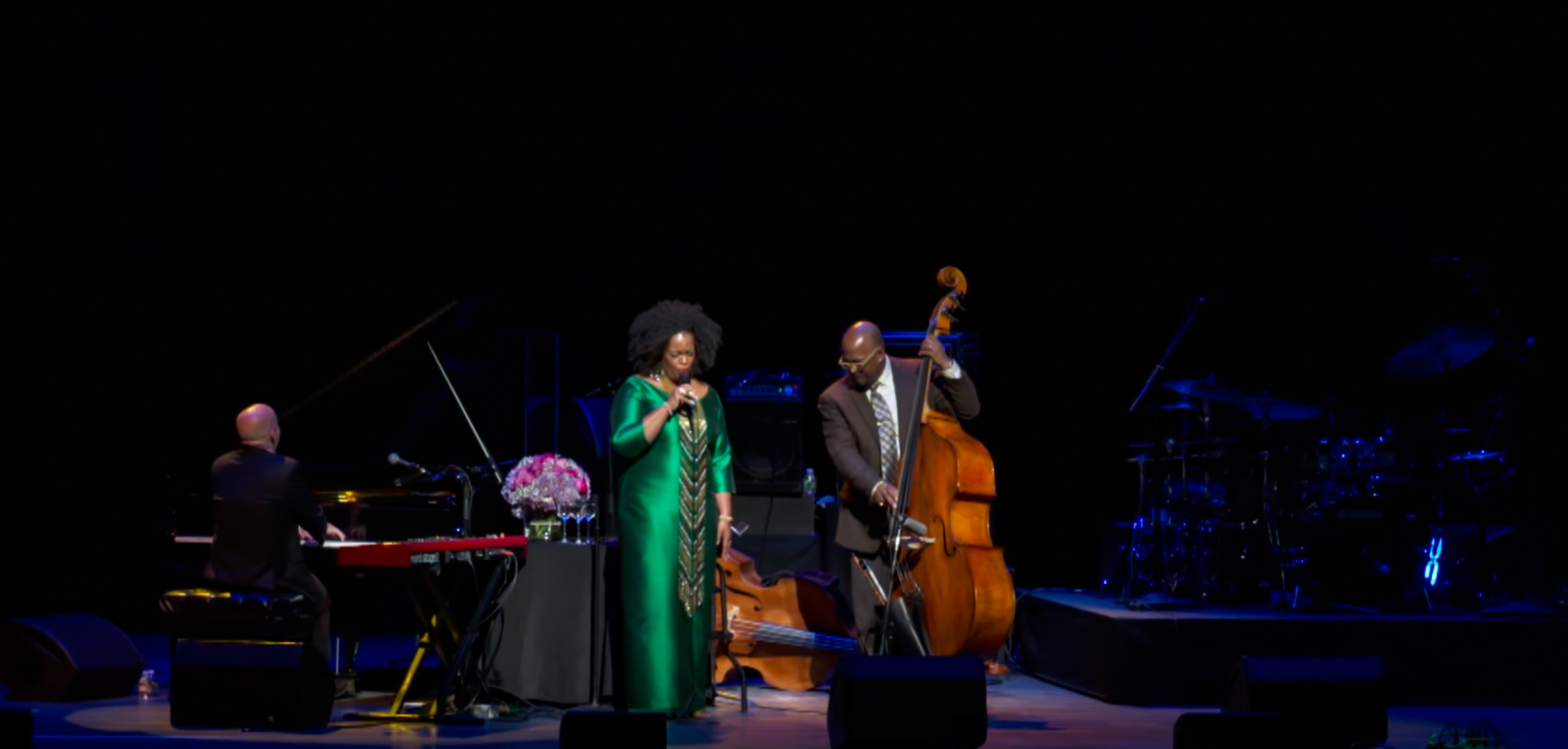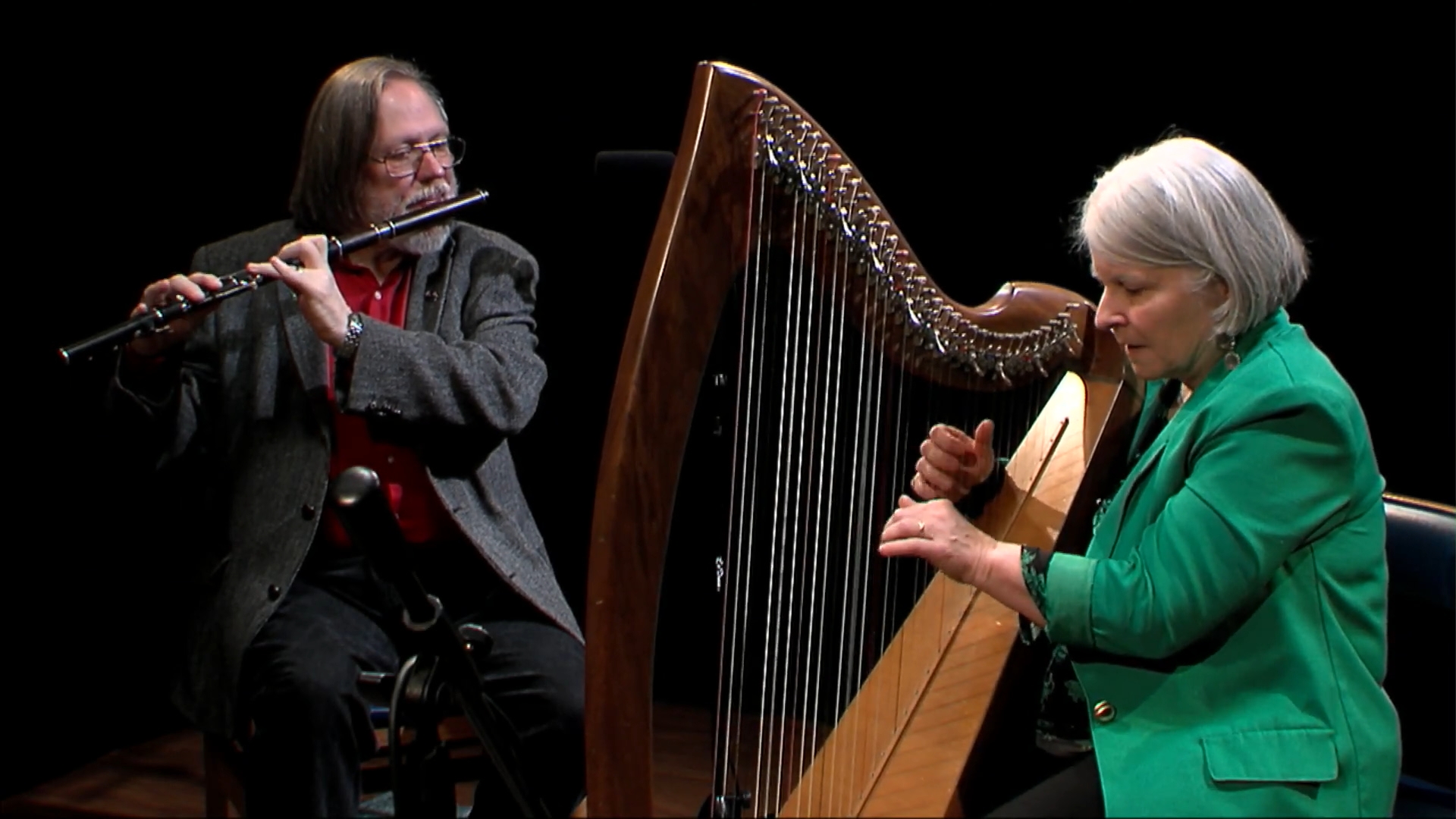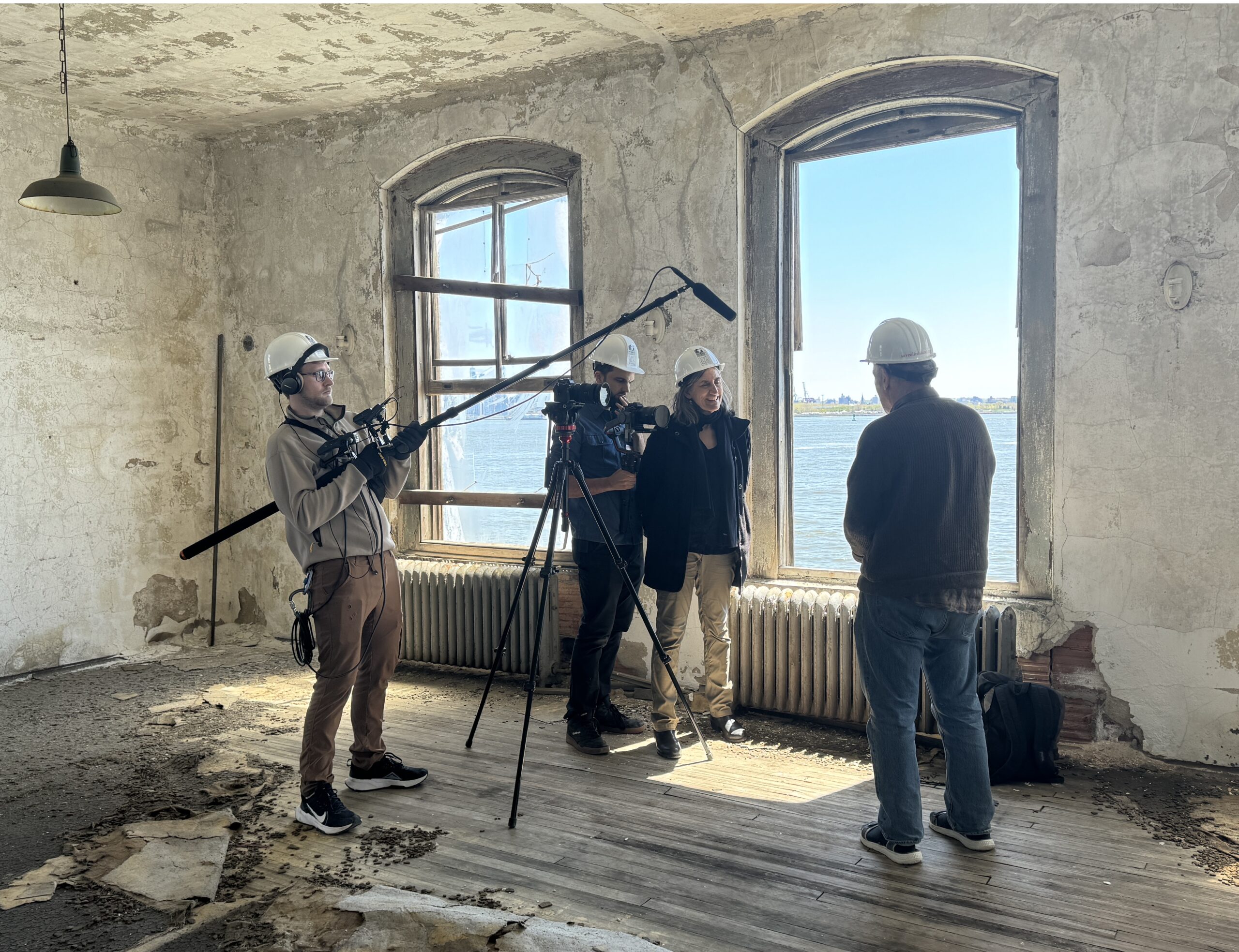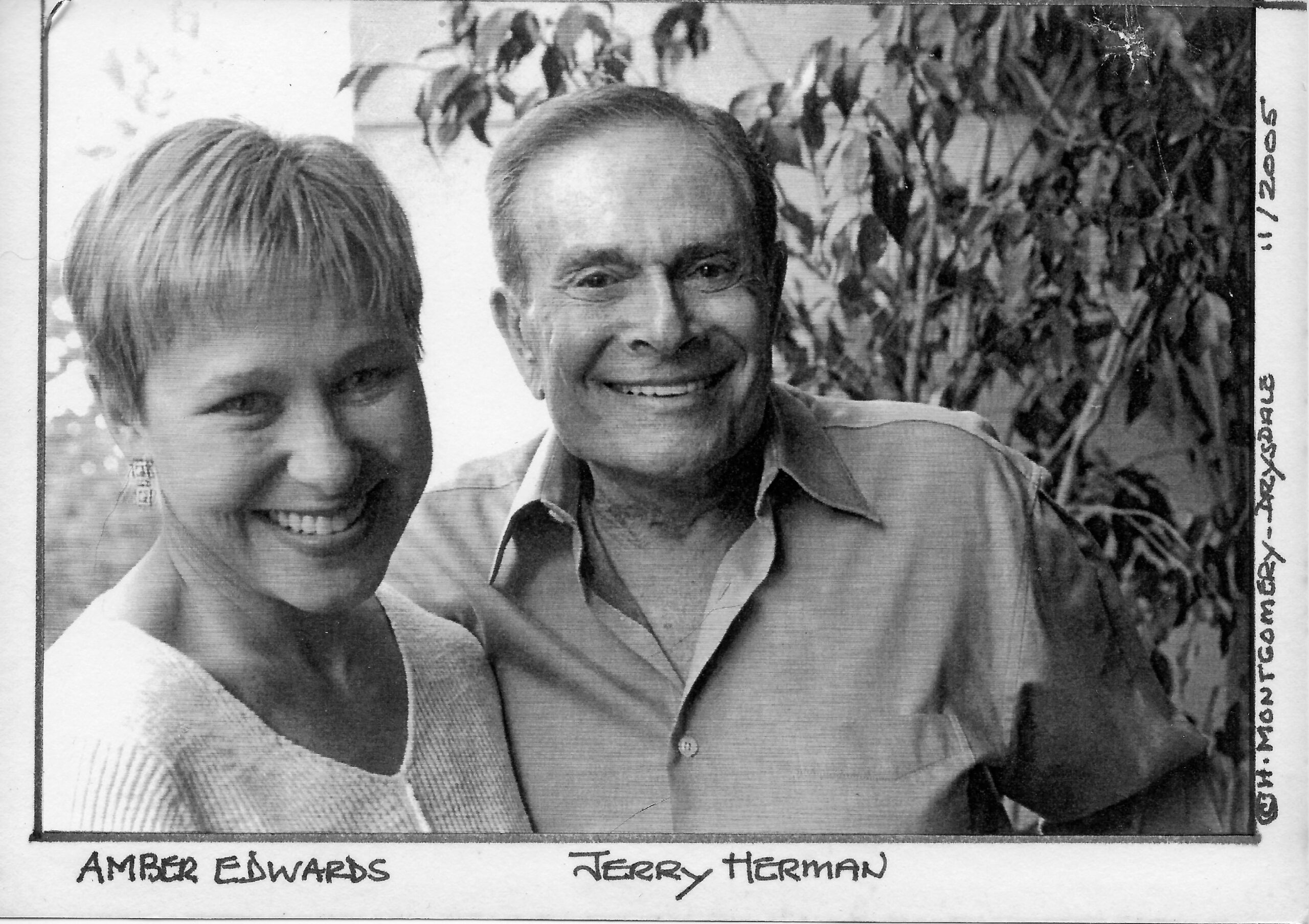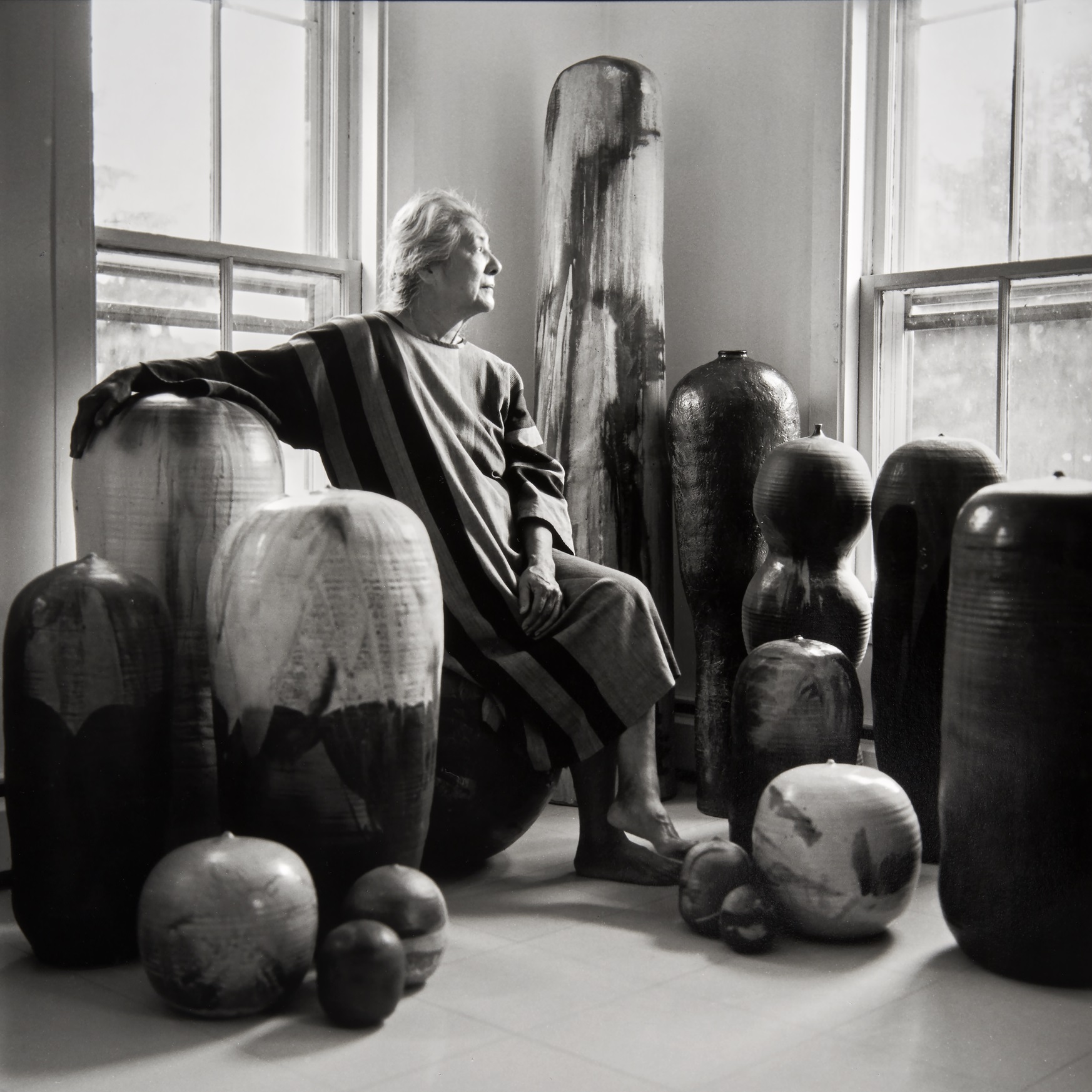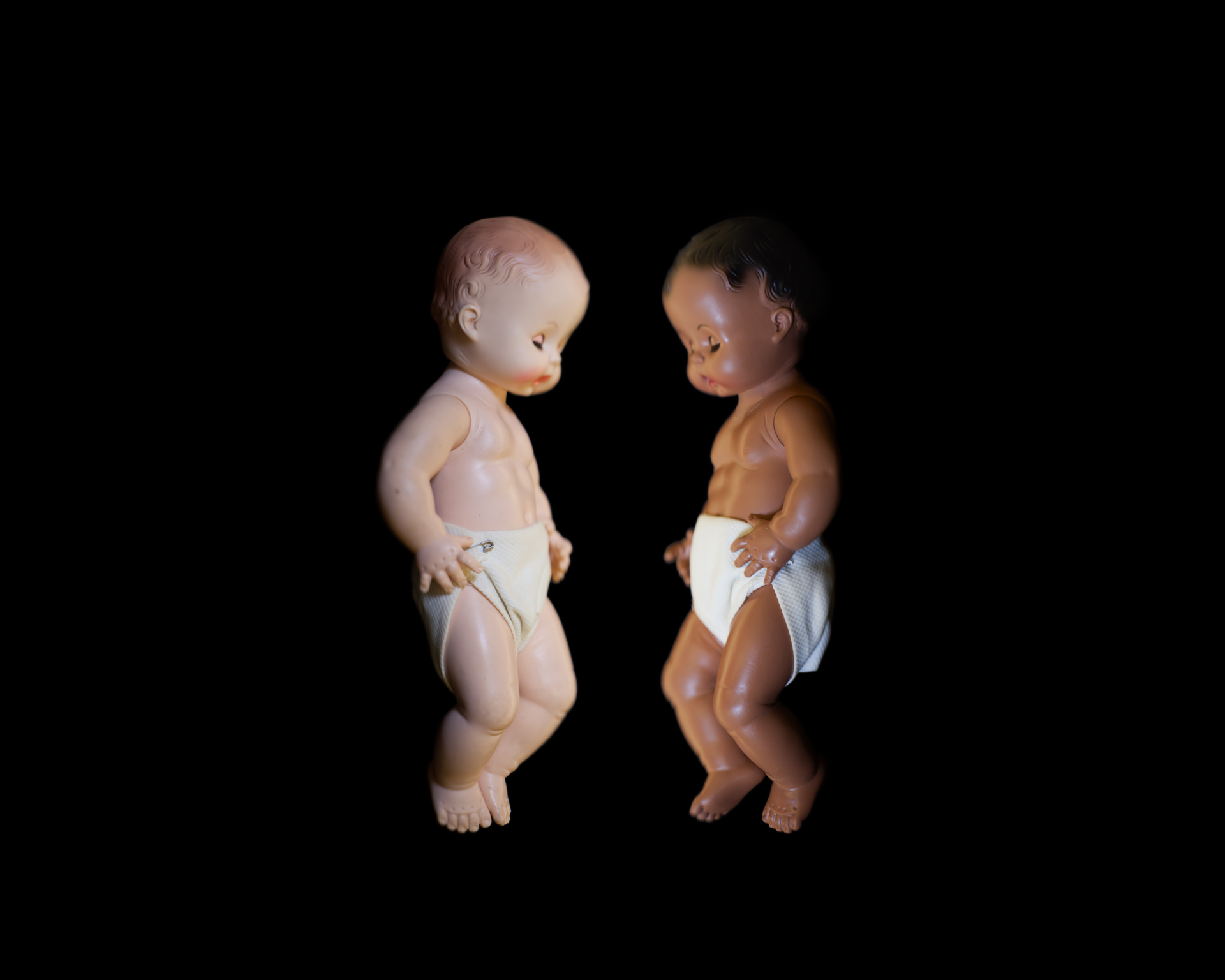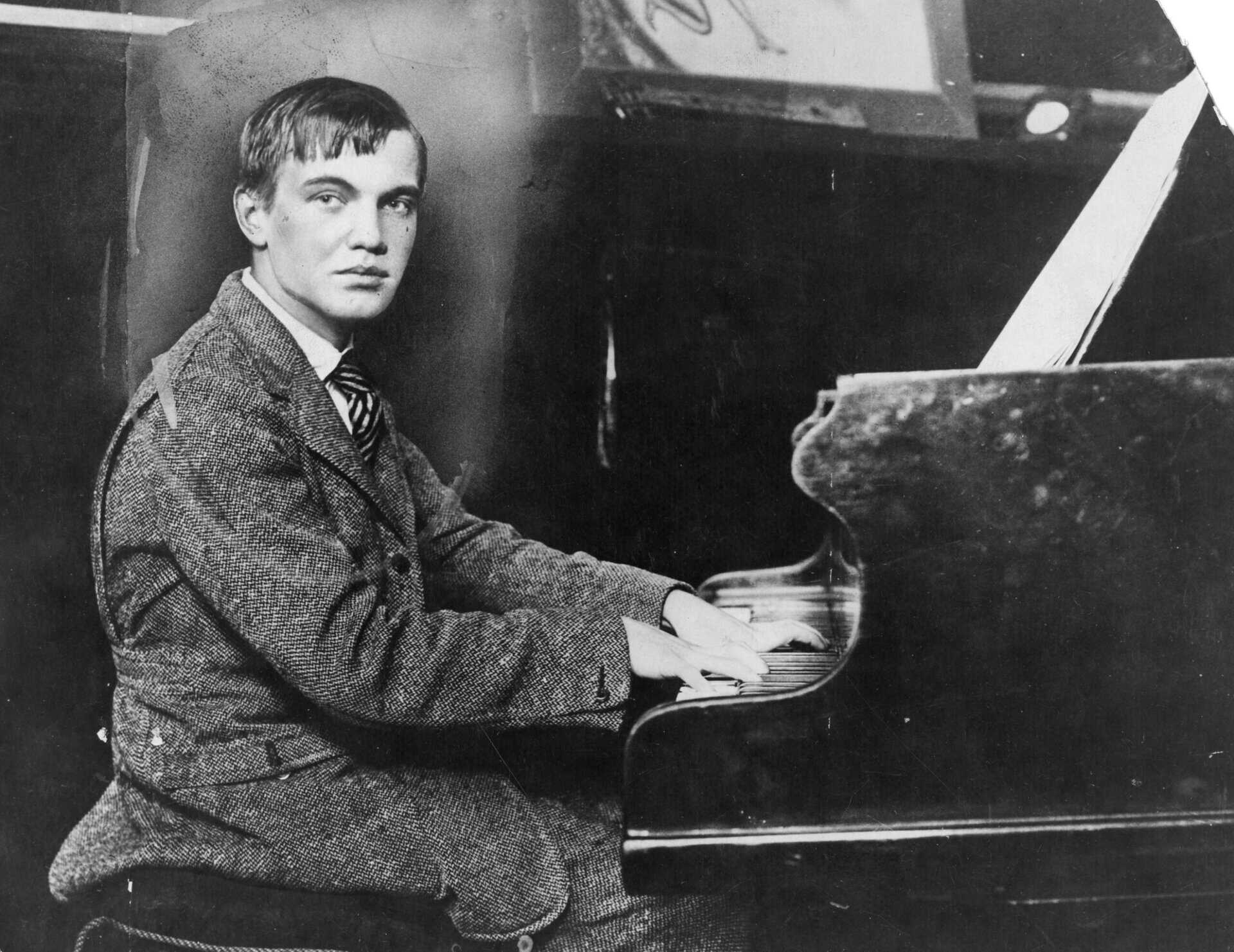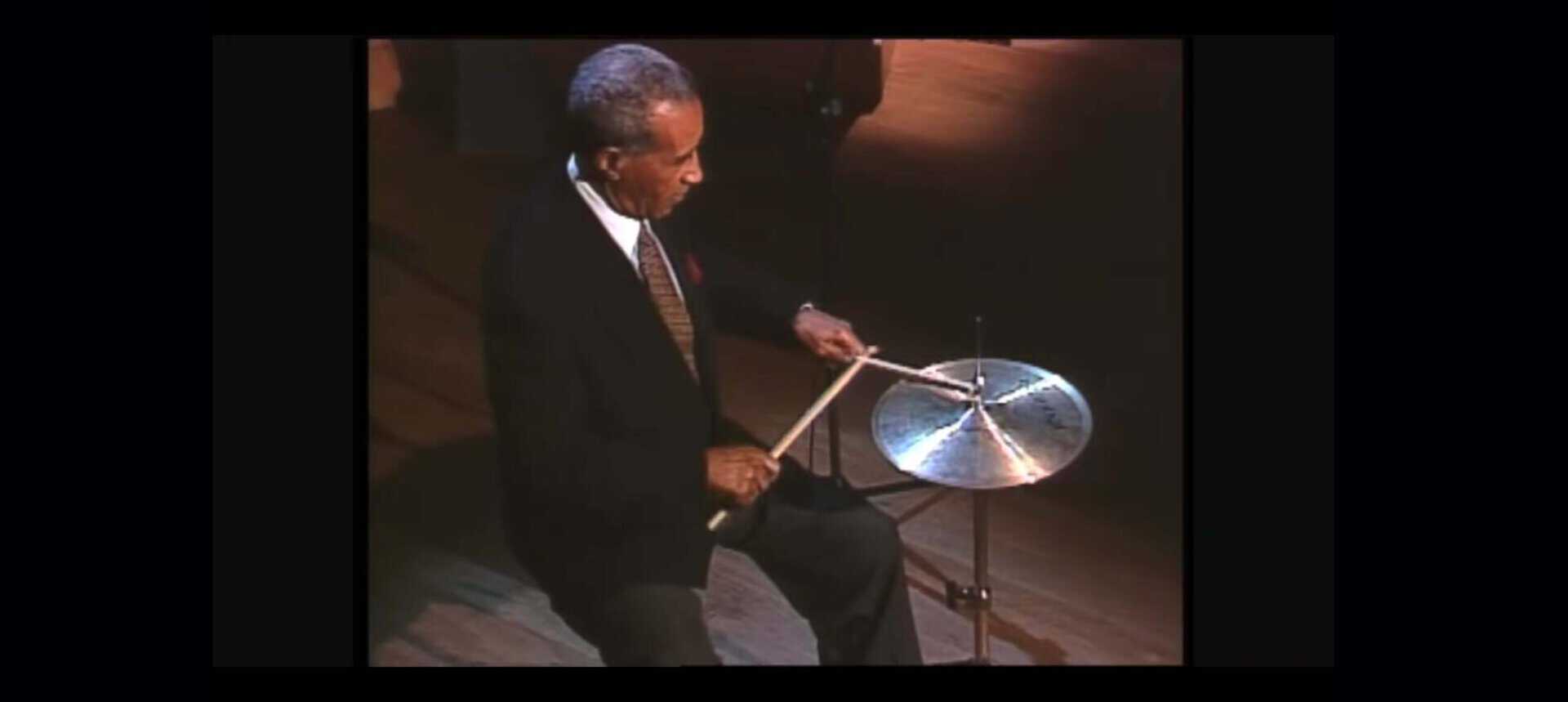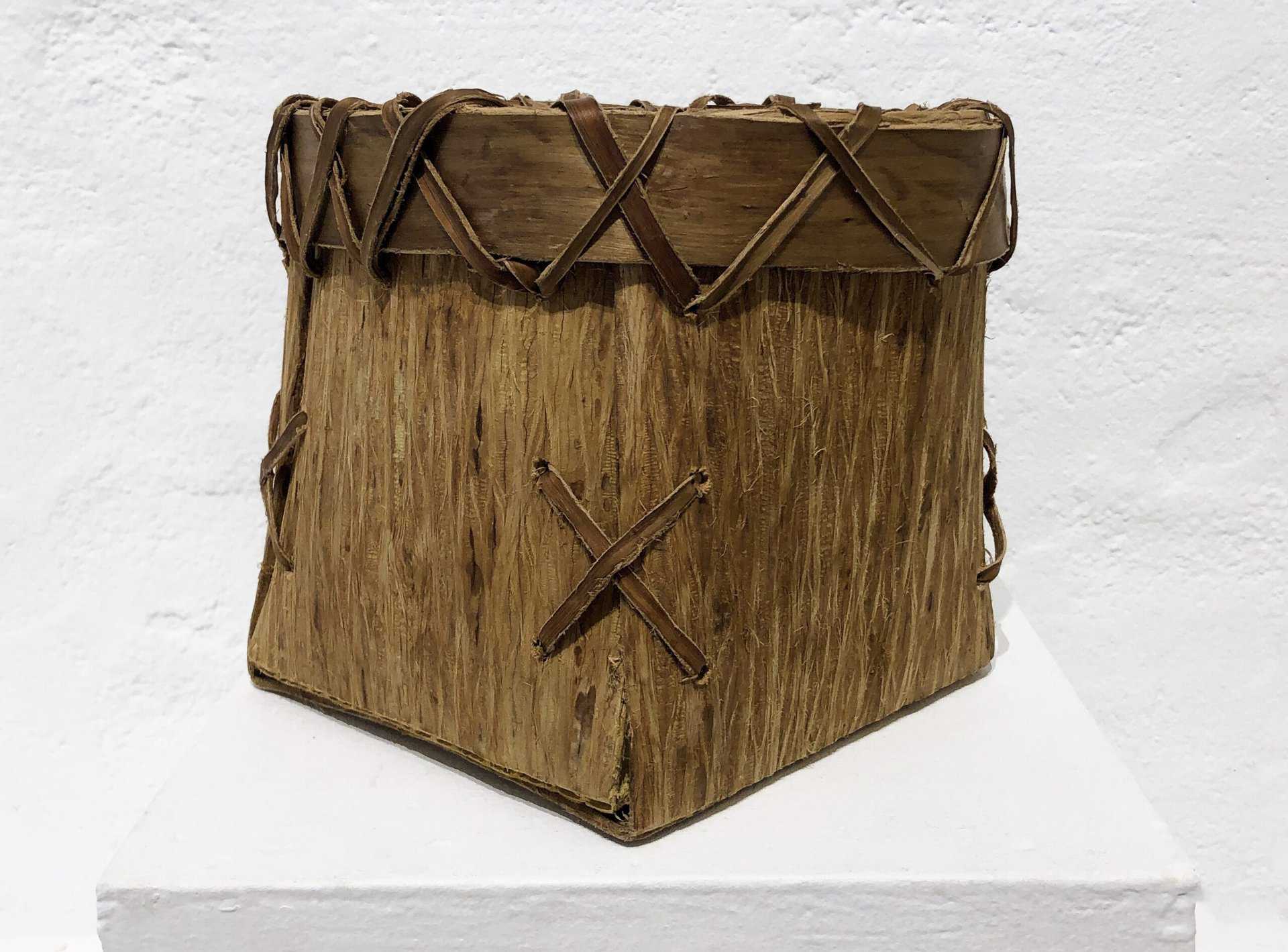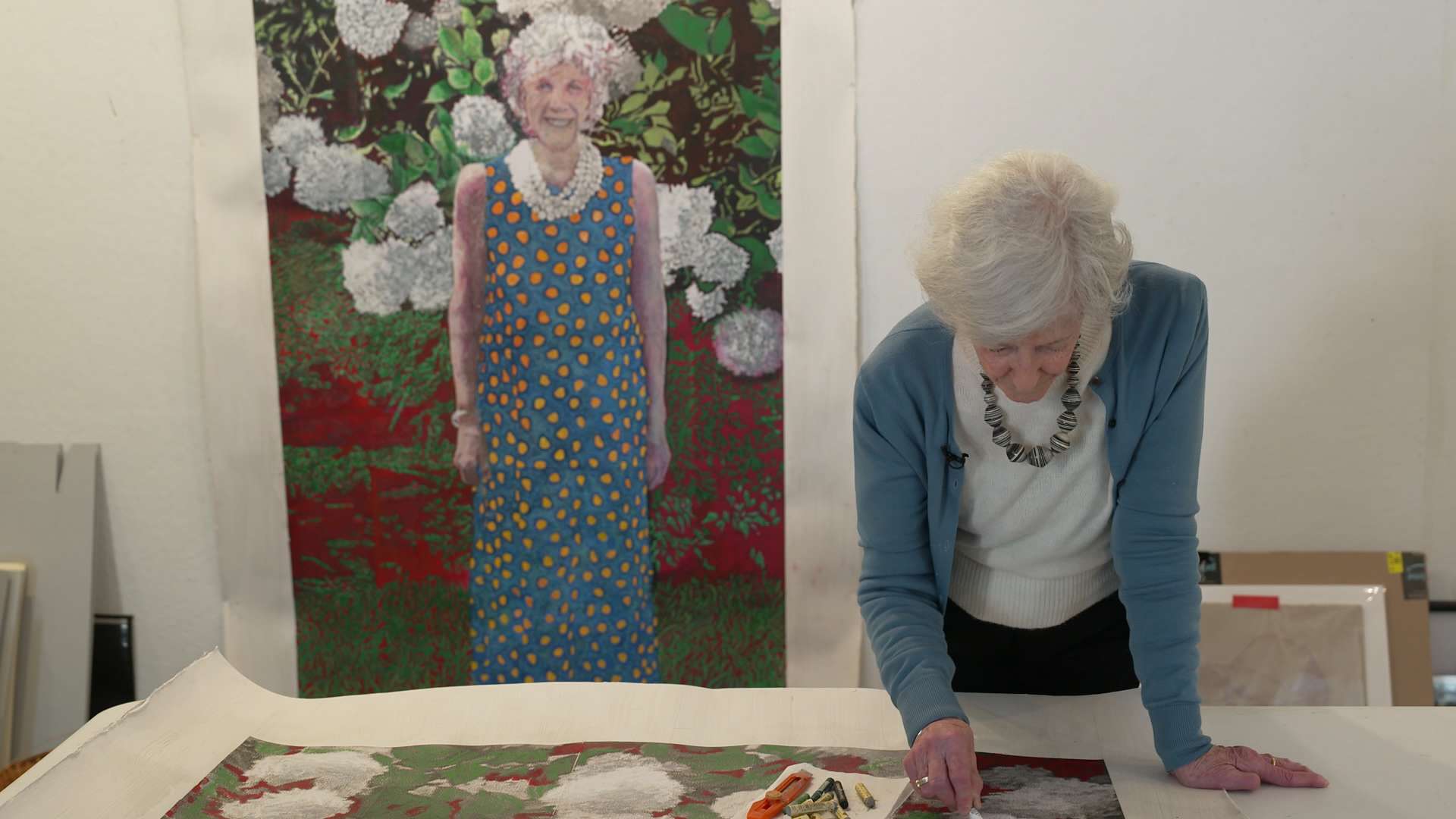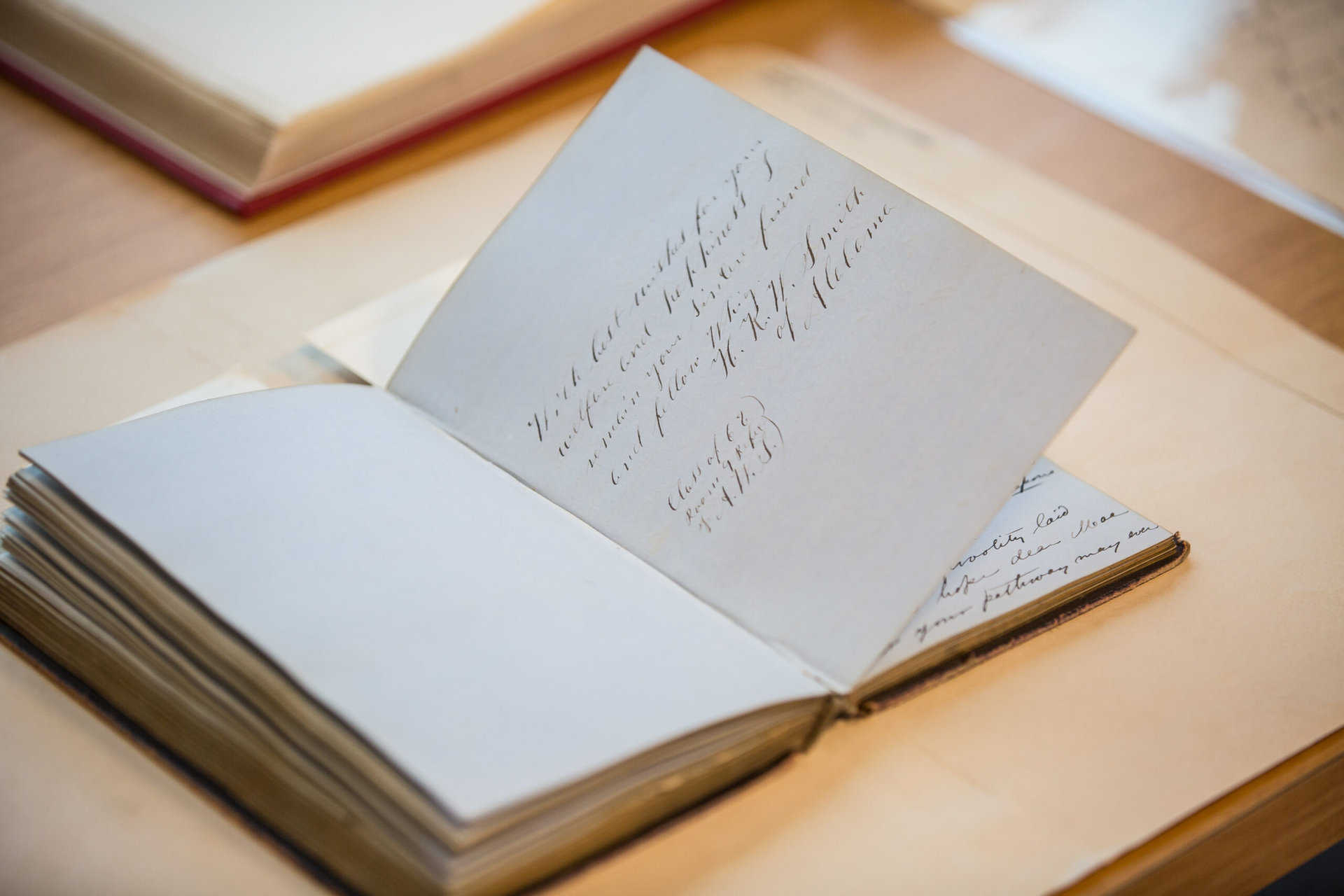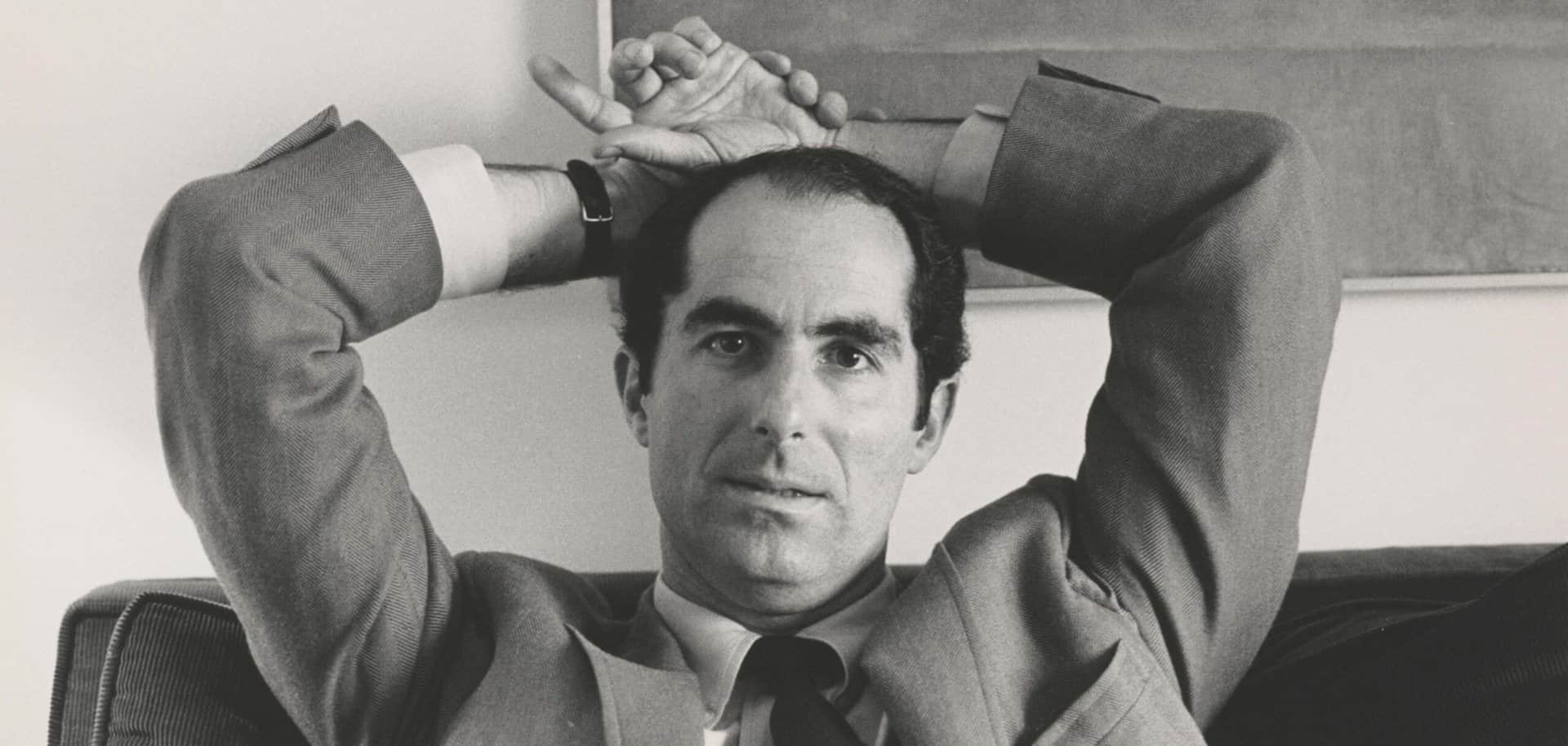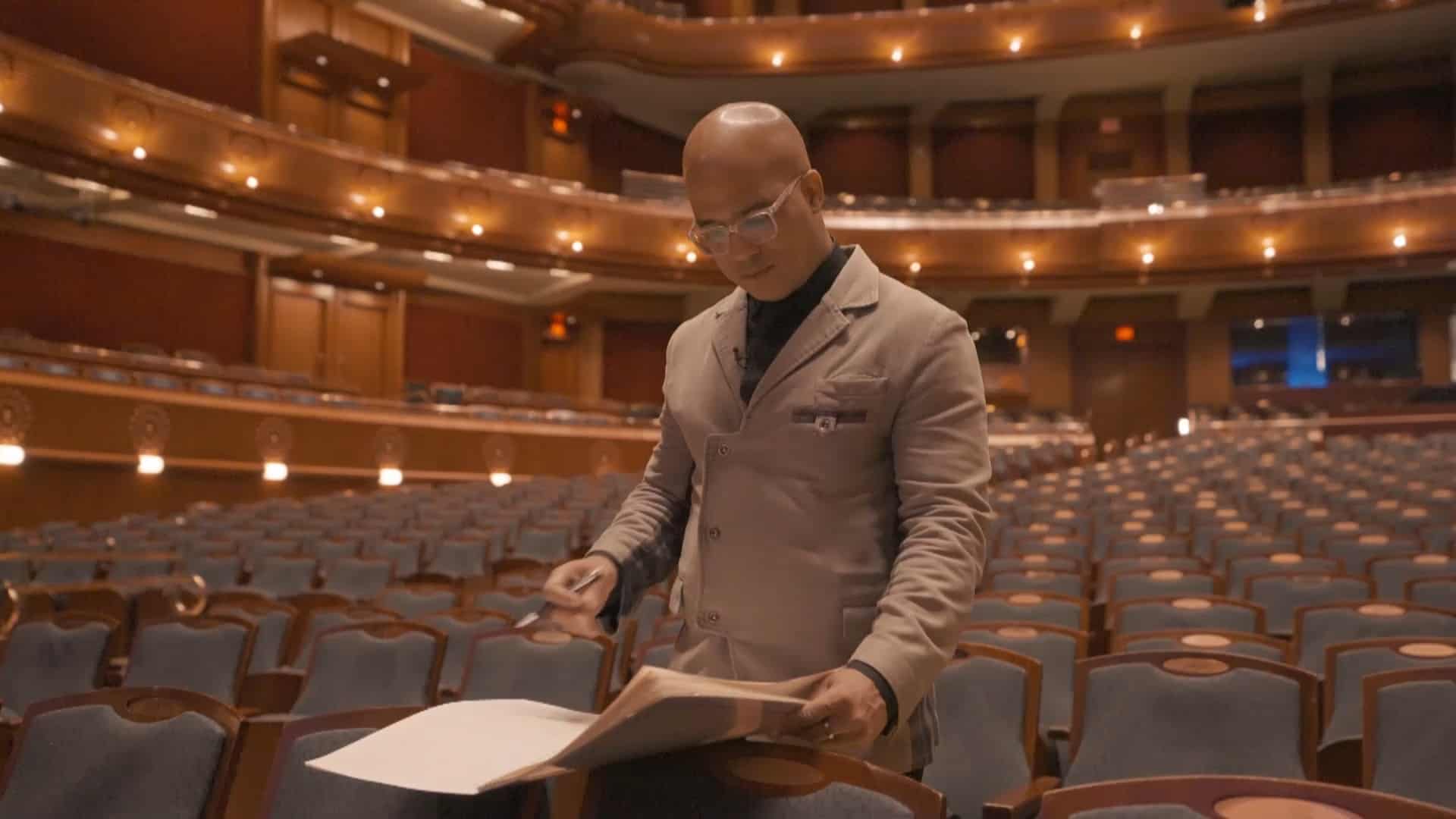Your Honor (detail) by Roberto Lugo, paying homage to Supreme Court Justice Ketanji Brown Jackson
Photo by David Michael Howarth
Traveling this month, I saw a photograph in the Philadelphia Airport of our most recently appointed Supreme Court Justice, Ketanji Brown Jackson. Next to it were the words: “Black history is American history.” Indeed!
During Black History Month, we’re featuring Black women visual artists in our Wednesday newsletters. A quick glance back at the last season or two of State of the Arts shows a deep bench of creative Black women, including activists and writers as well—so I decided to share a few stories where I learned more about women who were amazing powerhouses of change.
In 2021 the Zimmerli Art Museum opened the ambitious and visually stunning exhibition Angela Davis: Seize the Time. Their expansive galleries featured magazines, posters and other rare ephemera from the 1970s and ‘80s, as well as contemporary work by artists who continue to explore Angela Davis’s legacy. It was a deeply immersive look at how the image and politics of the activist and intellectual have played out in visual culture over more than 50 years. If you missed the exhibition, I recommend the catalog—or you can catch the show at the Oakland Museum of California (OMCA) through July 2023!
In the fall of 2002, both Two River Theater and the Shakespeare Theatre of New Jersey produced plays by Alice Childress. In 1957, she was on the verge of becoming the first Black woman to have a play on Broadway, but she refused to change the ending of Trouble in Mind, a brilliantly satirical “slave play within a play about putting on a play.” Her white male producers wanted the ending to be more “uplifting.” How had I never heard about this woman—born in South Carolina, the granddaughter of an enslaved woman, who rose to the heights of the theatrical world of the 1950s? I decided to find out more about Alice Childress and her work, which remains dark, funny, deeply human, and chillingly relevant.
I also paid a quick visit to the newly opened Harriet Tubman Museum in Cape May, which hosted the opening night reception for East Lynne Theatre’s production of Possessing Harriet, the story of another young woman named Harriet and her escape from bondage in 1839. I learned that Harriet Tubman lived and worked in the resort town of Cape May during the same years she was conducting daring raids to free enslaved family and friends from Maryland’s Eastern Shore, less than 100 miles away as the crow flies.
Looking ahead, next month’s all new episode of State of the Arts features a profile of artist Philemona Williamson by producer Sam Vladimirsky, who visited her studio in East Orange. Philomena began painting figuratively long before the current trend, and has shown her work internationally. For years, she didn’t talk about her unusual New York upbringing, but now she’s opening up. Catch the premiere March 29 at 8:30 pm on NJ PBS!
Thanks for joining me and everyone here at State of the Arts as we continue to share the stories of New Jersey’s creative community.


